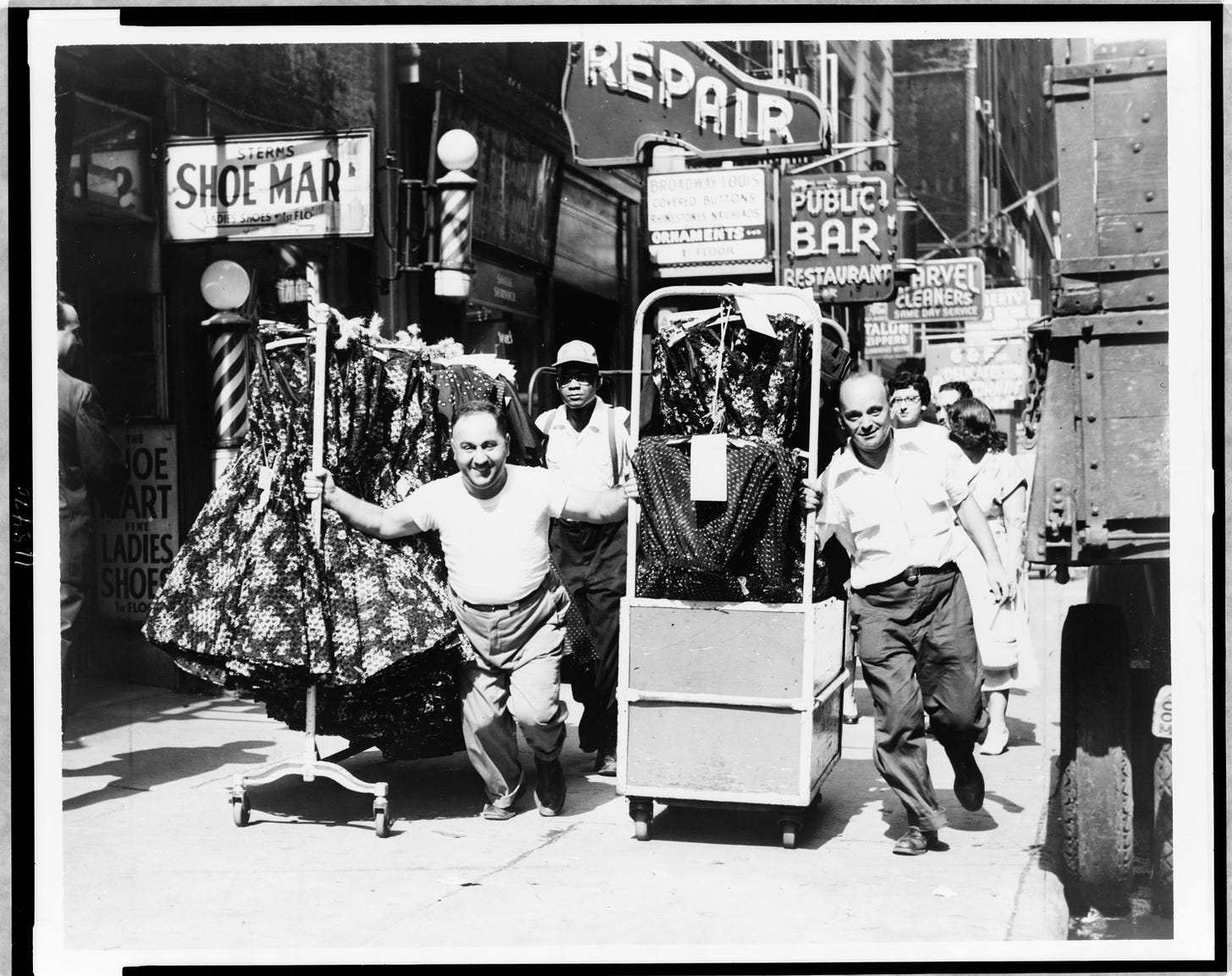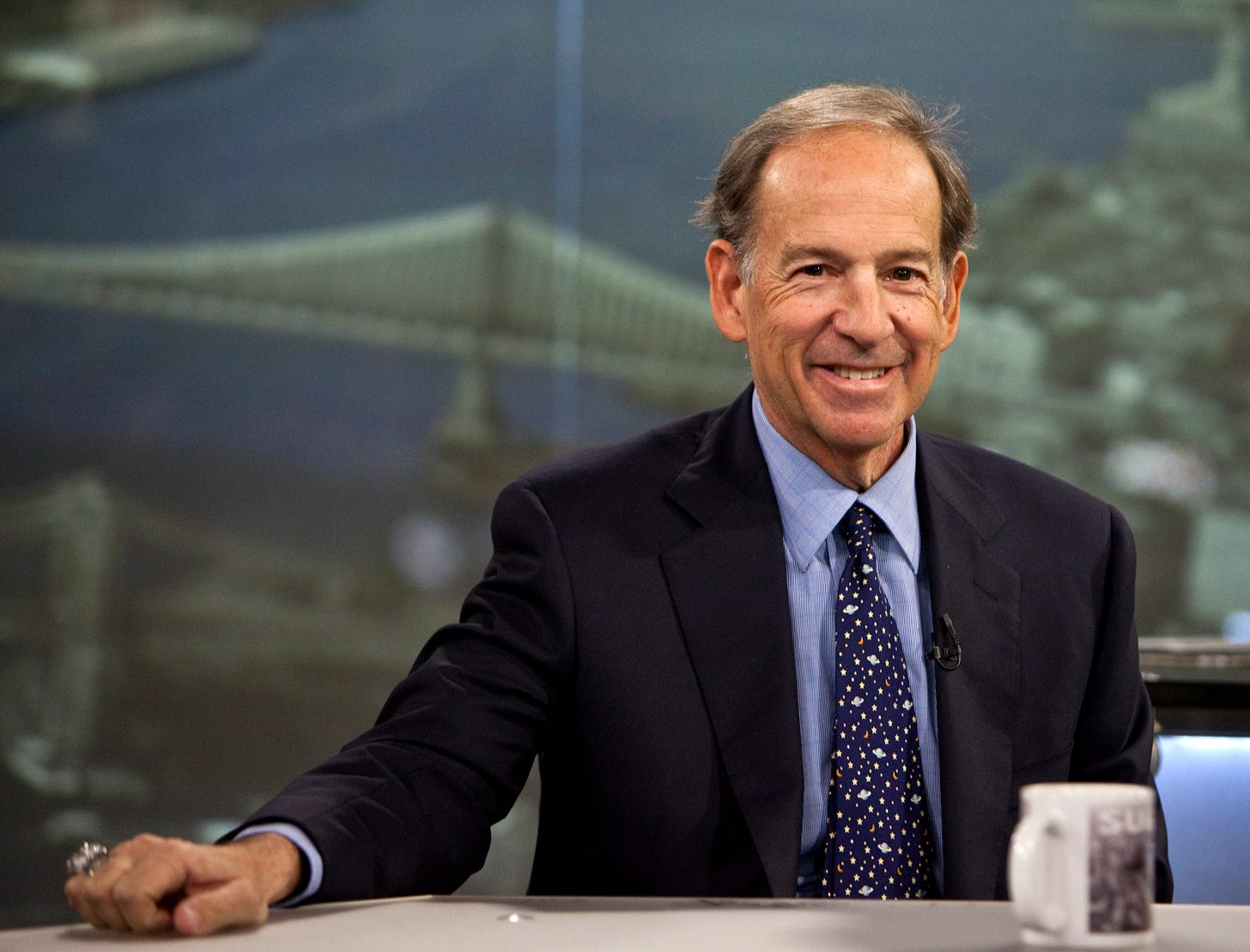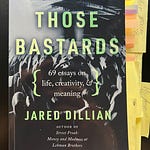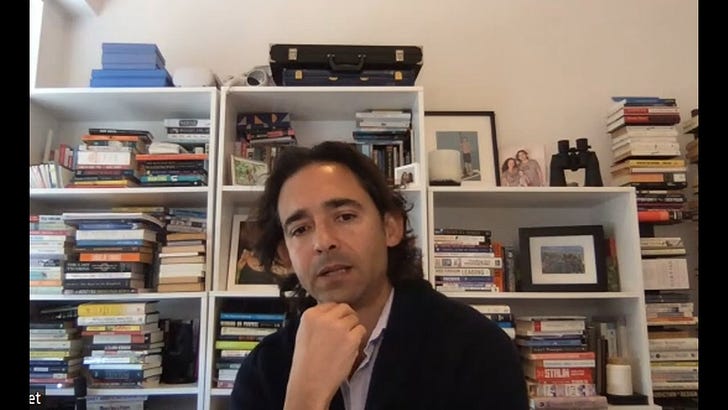The 1980s were a gold rush for Michael Price. He had discovered an investor’s El Dorado: a highly profitable niche with little competition that perfectly suited his personality. As recounted in the book The Vulture Investors, Price was an early mover in buying defaulted credits from banks at steep discounts.
One of his first big restructurings was Storage Technology. The company manufactured tape and disk storage hardware and had suffered from overexpansion and unsuccessful diversification. After years of losses, it filed for bankruptcy in 1984 and replaced its CEO. Price saw value in the company’s real estate, receivables, cash, and its list of high-quality customers for its core disk drive business.
Price reached out to the firm’s new CEO, a former IBM sales manager with experience in turnarounds: “Why did you leave a secure job in Minnesota for this?”
“Because I believe in this company and its products and I think I can turn it around,” the man answered.
Encouraged, Price acquired more loans, first at fifty cents on the dollar and ultimately as low as thirty-seven cents. He forged a close relationship with the CEO and positioned himself as an ally in the restructuring. When other creditors questioned the turnaround plan, the CEO called up Price: “This creditor is in my way. Can you see if you can take him out?” Price bought more than a third of the bank debt which allowed him to block a restructuring.
“Our goal is to do that early work, and then if we think the time is right, to really aggressively go after the banks for a large slug of paper.”
Price had found value and was hands-on in his sourcing. The final advantage he brought to bear was his tireless negotiating style.
“Where did you learn to negotiate,” the lead bankruptcy attorney asked him. “Did you ever work in the garment district?”

Price had indeed worked for his father as a sportswear buyer. After reviewing sales figures and inventory in the morning, he spent his afternoons haggling with clothes manufacturers to get their best-selling items at better prices. The industry’s tough negotiating style was known as handling or hondeling (a Yiddish word; and handeln in German means to trade, deal, barter).
"Handlers never give up,” the attorney commented on Price. “You could slap him, kick him in the teeth, and he'd say, 'Well, how about another penny?'"
Price’s holdings in Storage Technology, acquired at an average of 47 cents on the dollar, were paid off with 15 cents of cash, 45 cents worth of new bonds, and 23 percent of stock in the new company. He now owned a sizeable minority position in the company for free. It was a highly profitable time for him and his investors. In the five years leading up to 1991, his funds compounded at more than 35 percent.
"The mid-80s were really unique in the bankruptcy game. There was a real window. Inefficiency. I had no competition."
Hello everyone,
The following are the key lessons and quotes I found while digging through articles and chapters on Michael Price’s life. Price was a dyed in the wool value investor. However, I believe many of his ideas are relevant to anyone in investing and business.
Price found a strategy that suited his temperament, he looked for profitable niches, he understood the value of independent thinking, of building networks, and of relentlessly searching for valuable information. He also exhibited his own biases and understood the role luck had played in his success. Perhaps the biggest lesson of his life was about the business of investing, not investing itself.
Sections & Lessons
Sources for further reading
Getting a foot in the door
Max Heine was a key mentor
The value investing mindset
Investing is about judgement & there is no one valuation method
The Michael Price portfolio and downside protection
The value investing life cycle
Independent thinking and primary research
Example: Fansteel; “Watch what the smart people do.”
Mistakes: Macy’s and the 1990 correction
Adapting to competition and going activist
Timing, luck, and the business of investing















